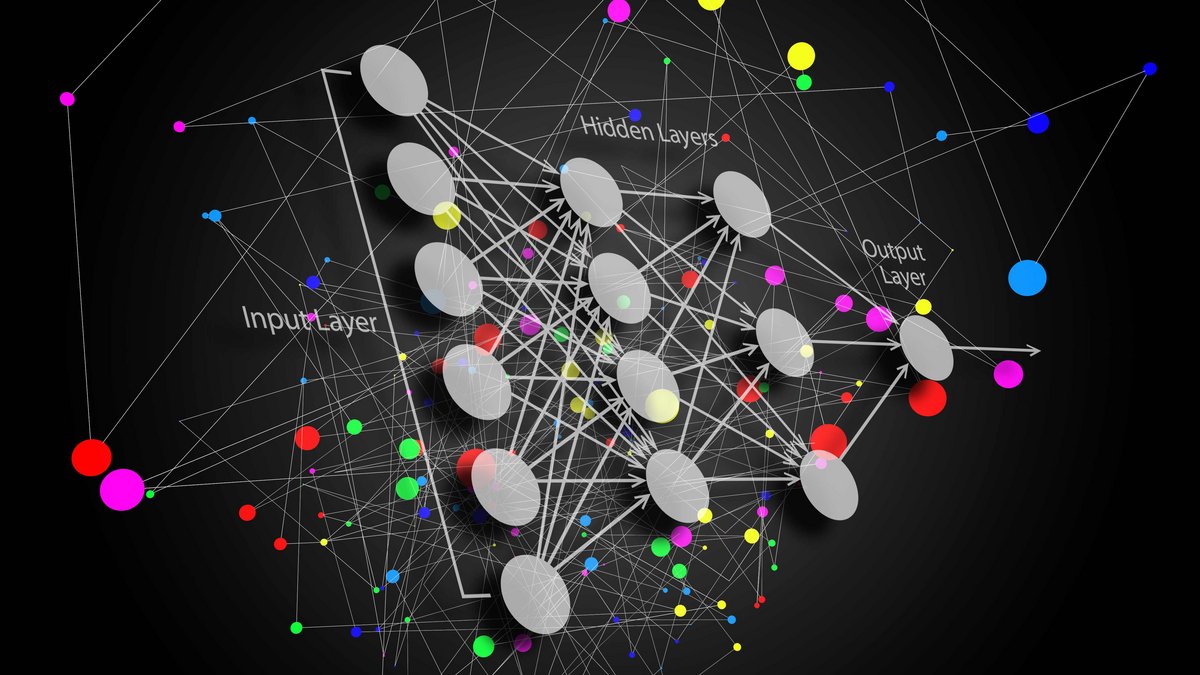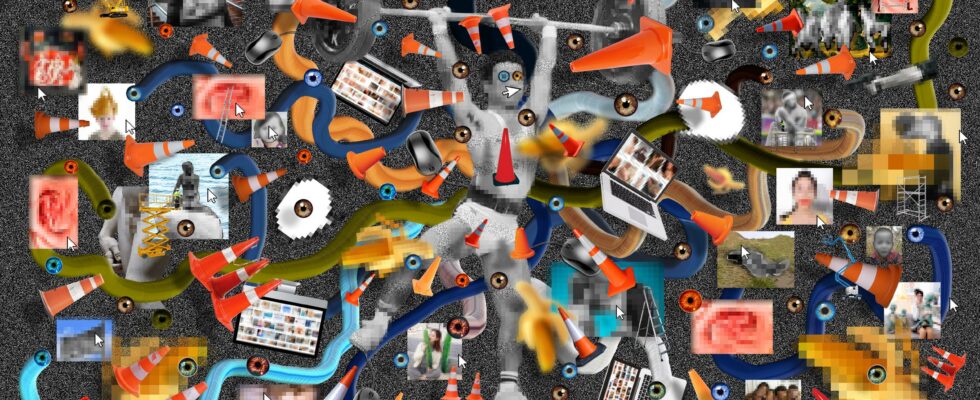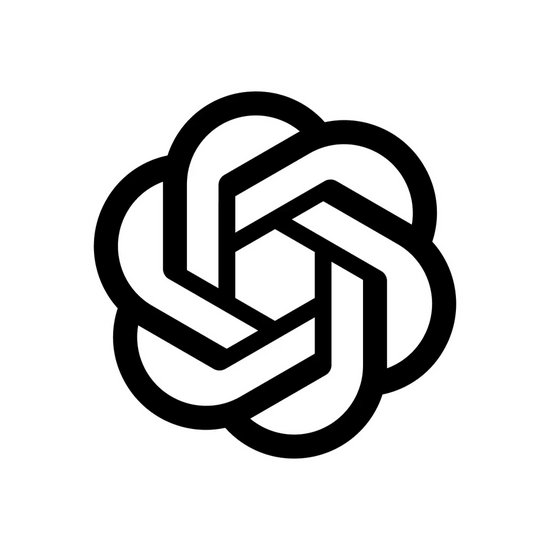AI has established itself in our lives for several months now, but behind the almost magical promises of these robots lie very concrete limits. Let’s come back to 3 myths that still surround artificial intelligence and its applications.
Artificial intelligence is everywhere. Since the ChatGPT tidal wave, more than a year ago, many facets of our daily lives have been disrupted by AI. The major language models have interfered everywhere, in the processing of news, in customer relations operations, in our mobile applications… All at a speed that exceeds anything we have seen until today ‘today.
OpenAI’s chatbot, which powers many of the other AI applications found in large enterprises, has been a game-changer with its unparalleled simplicity, comprehensiveness and accessibility. In addition to knowing how to converse fluidly and efficiently, ChatGPT is also capable of scanning and creating images, analyzing your files, speaking with a charming American accent… In short, at first glance, one might well think that this AI knows about doing everything.
However, like all artificial intelligence, ChatGPT has its limits. Structural limits, which can be explained by the way in which the machine was educated. Now that AI seems to have intruded into almost every facet of our lives, it is time to revisit some erroneous myths that have littered this year full of digital twists and turns.
1 — AI is neutral
Behind its appearance of an impartial and cold robot, the piles of graphics cards, algorithms and data that make up AI are far from being the neutral and objective arbiters that one might believe. The responses that a conversational robot like ChatGPT will give will largely depend on the data it has ingested.
During the Festival des Utopiales in Nantes, Raphaël Granier de Cassagnac, science fiction author and research director at the CNRS, illustrated this with a simple example. “When I asked the question “will the dollar remain a reliable currency?” to an American AI and a Chinese AI, each gave me very different answers. This clearly shows the learning biases of AI.» Elene Usdin, photographer, illustrator and comic book author, goes even further and describes AI “a tool of imperialist conquest since she is educated to the standards of a country, in this case the United States mainly“.
These biases have been observed in recent years with some less than stellar examples. In 2015, for example, Google Photos’ facial recognition algorithms labeled a black man with the label “gorilla”, simply because the systems had been mainly trained to recognize people with white skin. More recently, in July 2022, OpenAI welcomed the progress made by Dall-E (its image generation AI) to include “people of diverse origins», admitting half-heartedly that until then its software generated very stereotypical images.
AIs are not free from bias, whether cultural, racist or sexist, since they are trained by people who are themselves biased. Initiatives, such as that of the Equality Laboratory, however, attempt to correct the situation by providing databases more representative of human diversity.
2 — AI is universal
When you start chatting with ChatGPT, it’s difficult to fault him for his knowledge of major Western cultural works. So much so that one could believe that the robot has read everything, seen everything, that it speaks all languages and has universal knowledge of the world and its symbols. Except… not really.
“In China, certain minority ethnic groups are completely absent from the data used by AI“, explained Chen Qiufan, science fiction writer who worked for Google and Baidu in China, during Utopiales 2023. “What about populations that do not produce any digital data?» continues the author.
The problem is the same as for bias. AIs that do not have data to sink their teeth into will never be able to understand how certain parts of the world work, quite simply because they do not produce digital traces that can be ingested by machines. And it doesn’t stop there, there is also the language barrier.
“English is the predominant language in the corpus, with a large majority of textual data coming from English-language sources» admits ChatGPT himself when questioned on the subject. According to some studies, the database used by ChatGPT 3 consists of 93% English text. The robot knows how to structure sentences in a whole bunch of languages thanks to multilingual learning, but the machine “thinks” first and foremost in English and this mechanically impacts its perception of reality.
3 — AI is transparent
Even more disturbing than the biases that can change the perception of AI, the way these tools think is far from transparent. Unlike a “classic” computer program which obeys source code (open or not) written by humans, AIs in some way “create” their own thinking and operating shortcuts, which the developers behind the software themselves do not control. This is why these machines are often referred to as “black boxes”.

These behaviors can be observed in trivial situations, like when DeepMind’s AI started a game of Go with a move that no one could completely explain… before winning a few rounds later, but also in more complicated situations, like when AIs make unethical decisions in financial markets.
“We cannot make an AI clearly explain the reasons why it arrives at a conclusion», explains Sylvie Lainé, computer engineer and author. “When AI starts to take charge of management issues, decision support in strategic, political, ecological or other areas, it will pose big problems», continues the professor of information sciences at the Jean-Moulin University of Lyon. The problem can also be located even further upstream according to her: “AIs work towards a goal decided by a person or a group of people who do not necessarily have the most transparent motivations.»
Faced with this problem, Raphaël Granier de Cassagnac believes “that we need AI that is capable of citing their sources“, and even “to be able to choose the corpus on which an AI trains.»
Download
- Chat in different languages, including French
- Generate, translate and obtain a text summary
- Generate, optimize and correct code
Created by OpenAI, ChatGPT is an advanced chatbot powered by the latest generation GPT-4 language model. By leveraging deep learning and artificial intelligence technologies, this chatbot has the ability to decipher and understand user requests. Thanks to its ability to generate text in an ingenious way, ChatGPT offers tailored and relevant responses, ensuring smooth chat interaction and an optimized user experience.
Created by OpenAI, ChatGPT is an advanced chatbot powered by the latest generation GPT-4 language model. By leveraging deep learning and artificial intelligence technologies, this chatbot has the ability to decipher and understand user requests. Thanks to its ability to generate text in an ingenious way, ChatGPT offers tailored and relevant responses, ensuring smooth chat interaction and an optimized user experience.


2